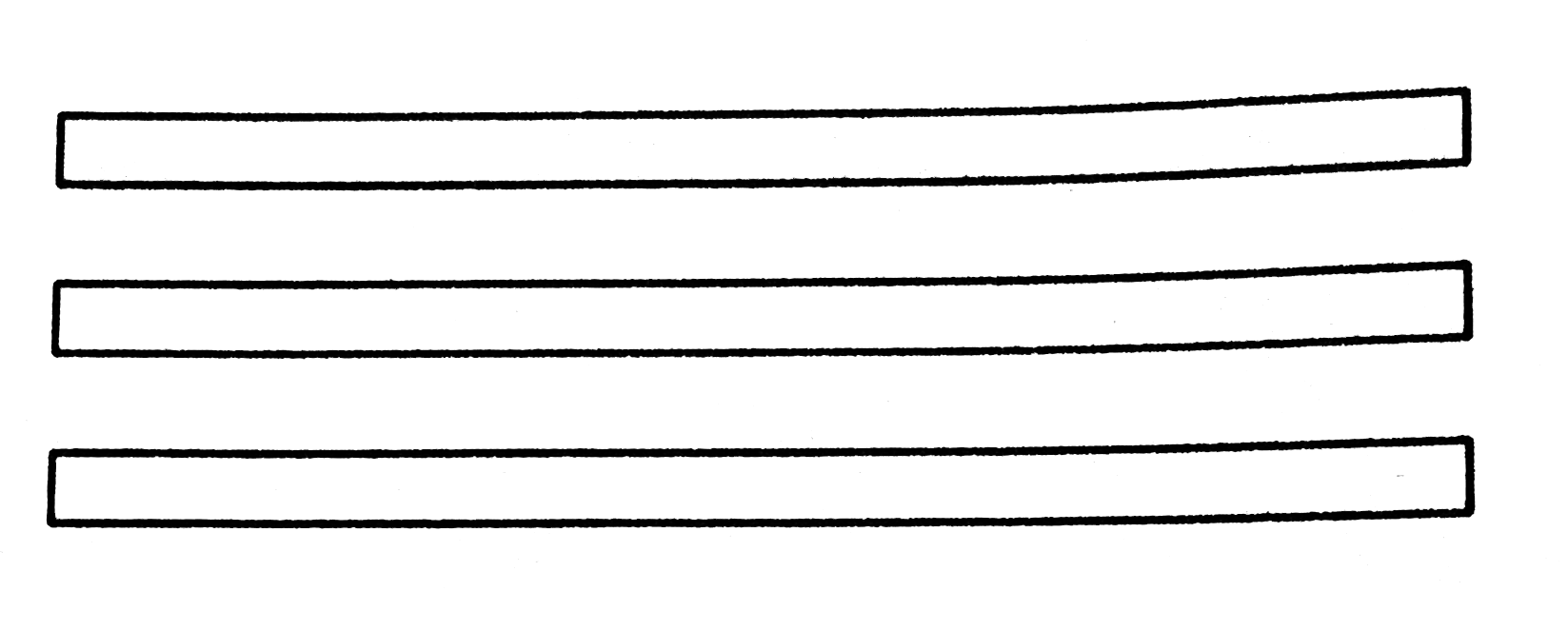A charge of+2.0×10−8C is placed on the positive plate and a charge of -2.0x10 ^-8 C at negative plate. And capacitance of capacitor is 1.2 x (10^-3) mu F. Calculate the potential difference developed between the plates.
To solve the problem, we will follow these steps:
Step 1: Understand the Given Data
We have:
- Charge on the positive plate, Q=+2.0×10−8C
- Charge on the negative plate, Q=−2.0×10−8C (the magnitude is the same)
- Capacitance of the capacitor, C=1.2×10−3μF
Step 2: Convert Capacitance to Farads
Convert microfarads to farads:
C=1.2×10−3μF=1.2×10−3×10−6F=1.2×10−9F
Step 3: Use the Formula for Capacitance
The formula for capacitance is:
C=QV
Where:
- C is the capacitance,
- Q is the charge,
- V is the potential difference.
Rearranging the formula to find V:
V=QC
Step 4: Substitute the Values
Substituting the values of Q and C:
V=2.0×10−8C1.2×10−9F
Step 5: Calculate the Potential Difference
Calculating the value:
V=2.01.2×101=2012×101=53×101≈1.667×101V
Thus,
V≈16.67V
Conclusion
The potential difference developed between the plates is approximately 16.67V.
---
We have:
- Charge on the positive plate, Q=+2.0×10−8C
- Charge on the negative plate, Q=−2.0×10−8C (the magnitude is the same)
- Capacitance of the capacitor, C=1.2×10−3μF
Convert microfarads to farads:
C=1.2×10−3μF=1.2×10−3×10−6F=1.2×10−9F
The formula for capacitance is:
C=QV
Where:
- C is the capacitance,
- Q is the charge,
- V is the potential difference.
V=QC
Substituting the values of Q and C:
V=2.0×10−8C1.2×10−9F
Calculating the value:
V=2.01.2×101=2012×101=53×101≈1.667×101V
Thus,
V≈16.67V
The potential difference developed between the plates is approximately 16.67V.
Topper's Solved these Questions
- BOOK - HC VERMA ENGLISHCHAPTER - CAPACITORSEXERCISE - short answer7videos
CAPACITORS
- BOOK - HC VERMA ENGLISHCHAPTER - CAPACITORSEXERCISE - OBJECTIVE 26videos
CAPACITORS
- BOOK - HC VERMA ENGLISHCHAPTER - BOHR'S MODEL AND PHYSICS OF THE ATOMEXERCISE - Short Answer10videos
BOHR'S MODEL AND PHYSICS OF THE ATOM
- BOOK - HC VERMA ENGLISHCHAPTER - DISPERSION AND SPECTRAEXERCISE - Question for short Answer6videos
DISPERSION AND SPECTRA
Similar Questions
A charge of 20 microCoulomb is placed on the positive plate of on isolated parallel - plate capacitor of capacitance 10microFarad calculate the potential difference developed between the plates .
View SolutionSuppose a charge +Q1 is given to the positive plates and a charge −Q2 to the negative plate of a capacitor. What is the "charge on the capacitor"?
View SolutionA charge of 1μC is given to one plate of a parallel - plate capacitor of capacitance 0.1μF and a charge of 2μC is given to the other plate . Find the potential difference developed between the plate .
View SolutionIn a parallel plate capacitor of capacitor 1μF two plates are given charges 2μC and 4μC the potential difference between the plates of the capacitor is
_2019_CBT2_E01_002_Q01.png) View Solution
View SolutionThe capacitance between the adjacent plates shown in figure (31-E20 ) is 50nF . A charge of 1.0μCis placed on the middle plate (a )What will be the charge on the outer surface pf the upper plate ? (b ) Find the potential difference developed between the upper and the middle plates .
 View Solution
View SolutionA parallel plate capacitor of capacitance 1μF has a charge of +2μC on one of the plates and a charge of +4μC on the other. The potential difference developed across the capacitor is
View SolutionThe force between the plates of a parallel plate capacitor of capacitance C and distance of separation of the plates d with a potential difference V between the plates, is.
View SolutionA capacitor having a capacitance of 100μf is changed to a potential difference of 50V.(a) What is the magnitude of the charge on each plate? (b)The charging battery is disconnected and a dielectric of dielectric constant 2.5 is inserted . Calculate the new potential difference between the plate .
View SolutionThe potentials of the two plates of capacitor are +10V and −10V. The charge on one of the plate is 40C. The capacitance of the capacitor is
View SolutionOne plate of a capacitor of capacitance 2μF has total charge +10μC and its other plate has total charge +40μC. The potential difference between the plates is (in Volt).
View Solution

